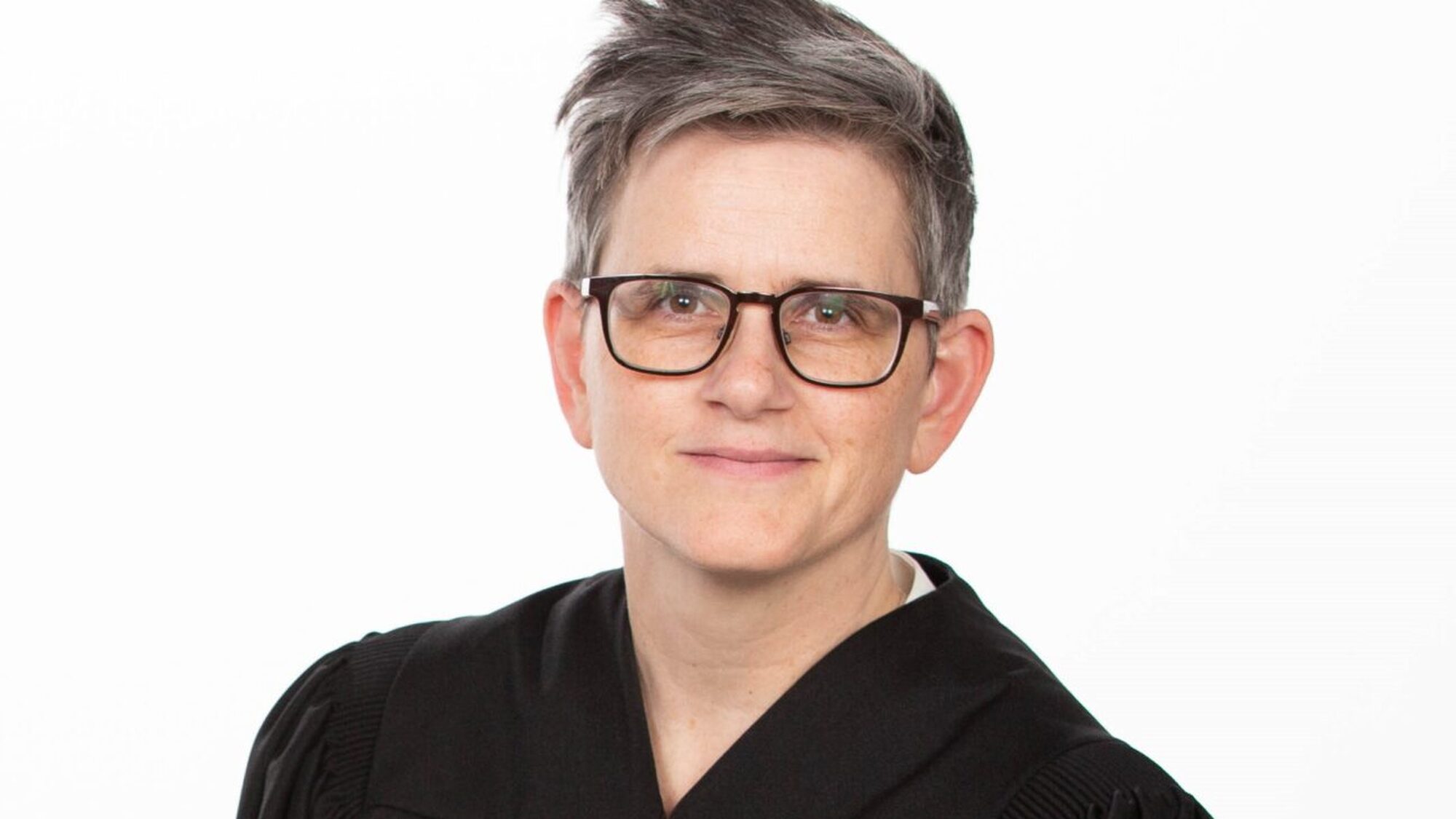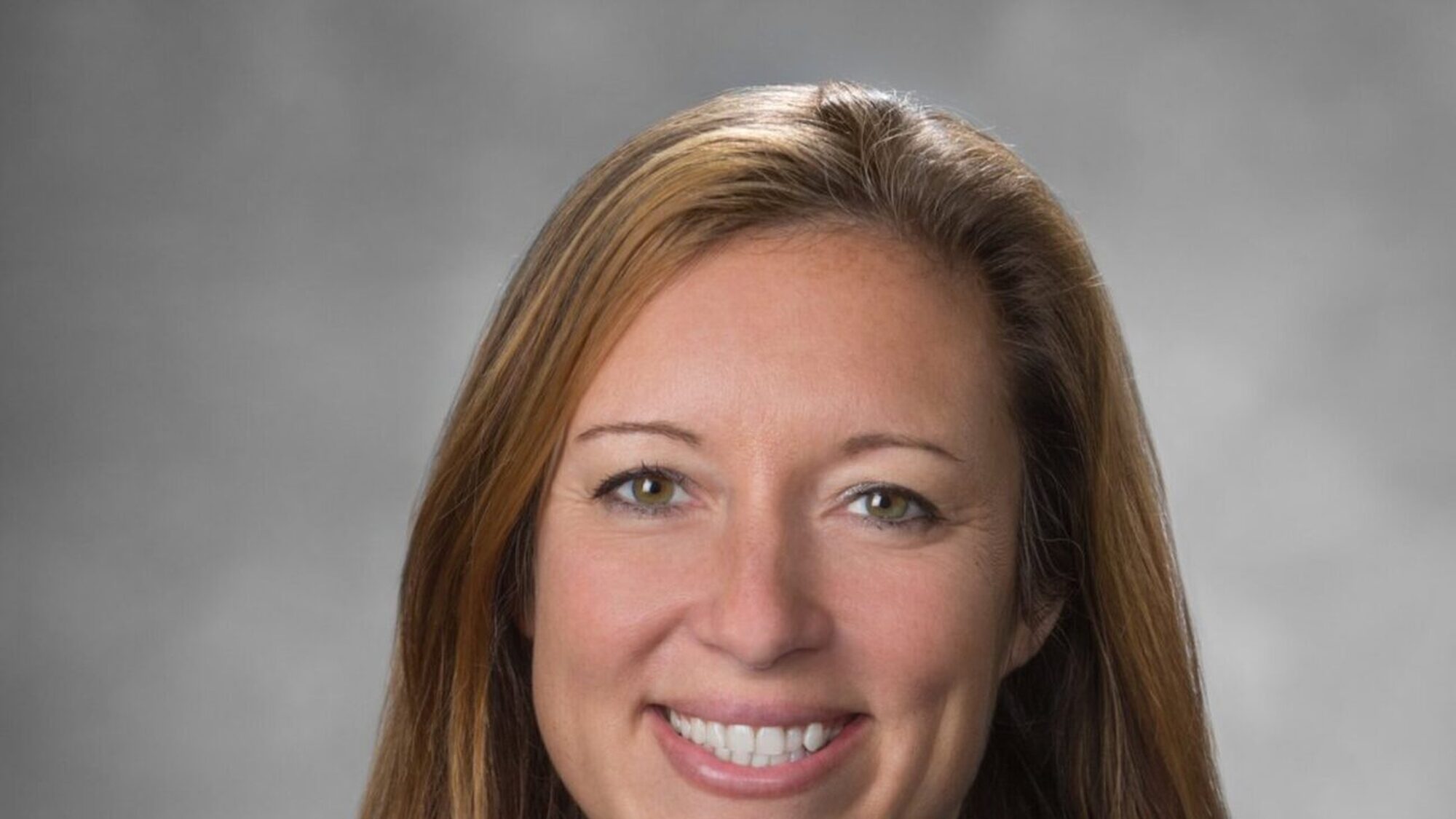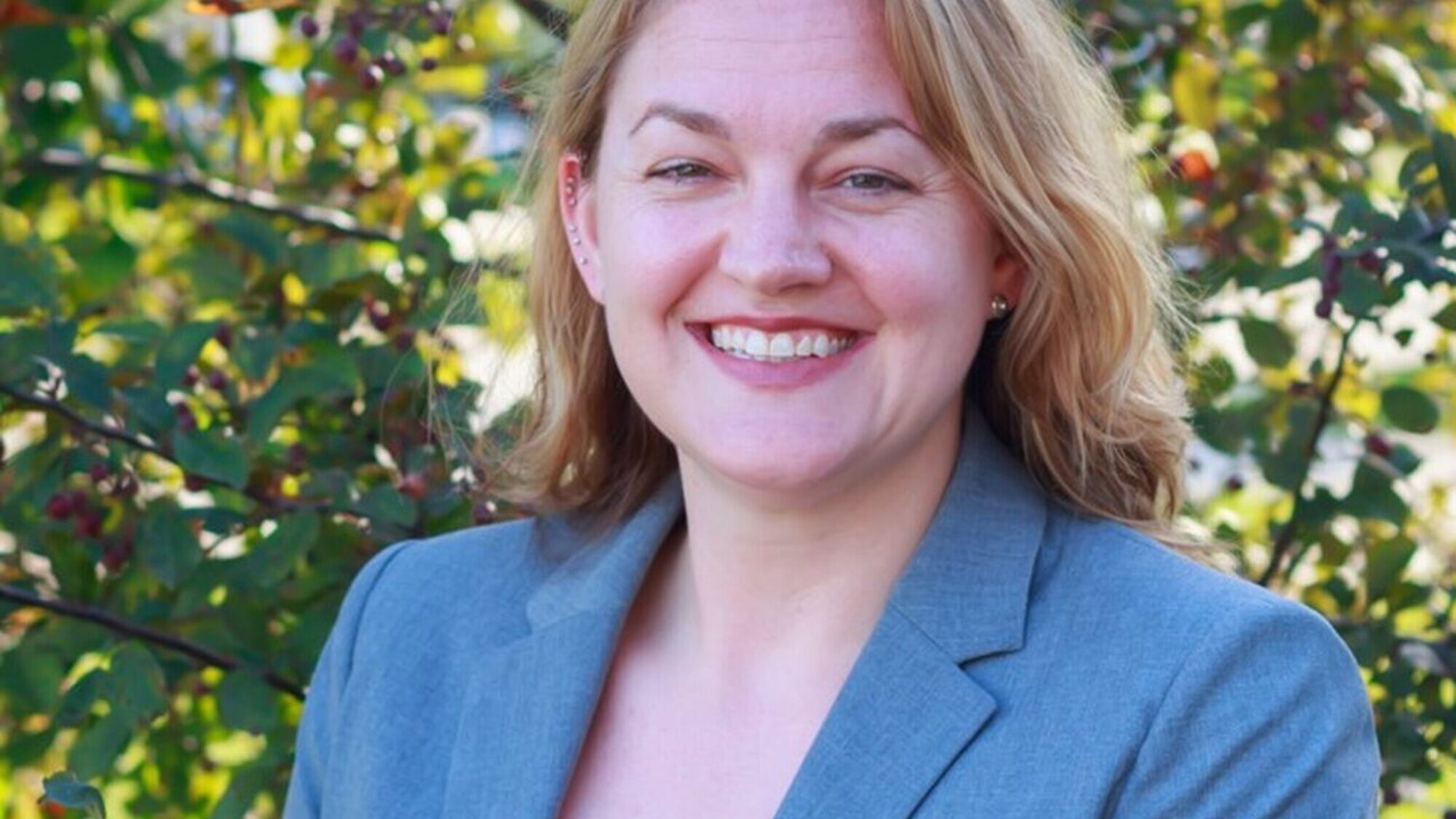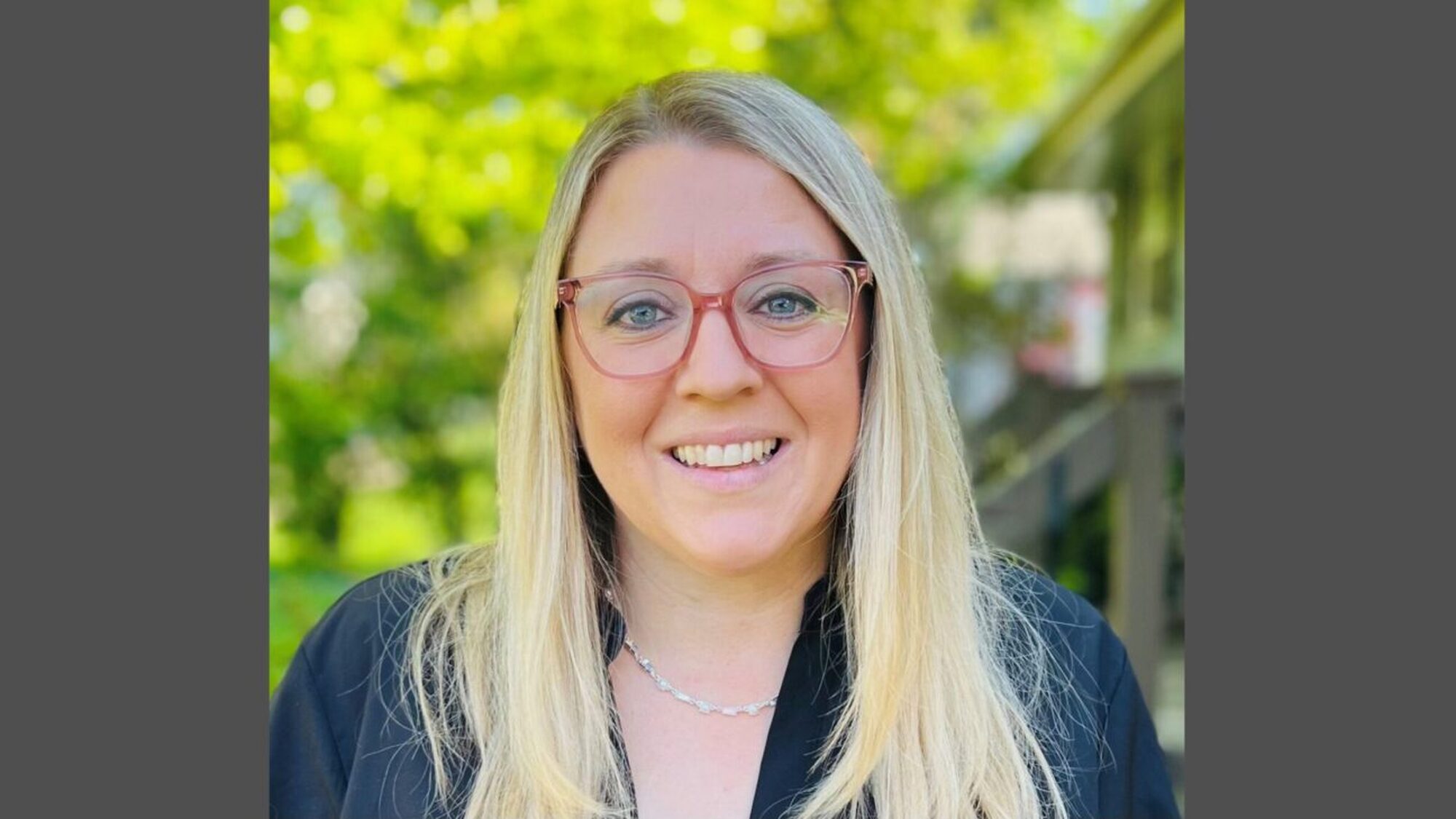Matt Alsdorf, associate director of the Center for Effective Public Policy, conducted the interviews in July and August 2024. The interviews are edited and condensed.
Matt Alsdorf: How is implementation of the Pretrial Fairness Act going for your county overall?
Before the Pretrial Fairness Act Passed, the majority of Illinois counties were without dedicated pretrial services programs, however Kane County was one with an existing program.
LaTanya Hill, Director, Kane County Court Services: Overall, it is going pretty well. In the months leading up to implementation of the Pretrial Fairness Act, we had meetings that included pretty much everyone: we had police representation, the state’s attorney, the public defender, the chief judge’s office, pretrial services, the clerk, and the sheriff’s office. We were meeting at least monthly and, some months, two to three times a month just to talk it all out. That helped us.
We started looking at the legislation as a whole, and then we broke it up into what we call “stages” and formed subcommittees for each stage to talk out “What do we need for forms?” “What do we need to change the processes?” “How does this affect you, Sheriff?” This began at the end of 2021, beginning of 2022.
It was a really exciting part of history to me, to be able to see something this large happen. To hear all the naysayers saying it was going to be “The Purge,” [a] and none of that come to fruition. I knew that wasn’t going to be the case. But just being a part of the implementation of the law, understanding the “why,” seeing the “why” day to day, and now knowing that steps are being made to level some things and make sure people are detained because they are a danger, not because they don’t have access to resources. If you’re supposed to be detained, you should be detained. It shouldn’t be because you’ve got a thousand dollars you’re out and someone else doesn’t so they’re detained. I’m glad to see that the playing field is getting more level. I can’t say that it’s even yet, but I would think that we’re getting closer.

OSPS established pretrial services in Cumberland County where none existed previously.
Melissa LeMay, Pretrial Services Officer, Cumberland County: I think it’s gone surprisingly well, and I’m in the mid-southern region of Illinois, which is a very rural area of our state.
Cara Smith, Director, Office of Statewide Pretrial Services: I think it’s been going tremendously well, particularly given all of the hysteria and hand-wringing and uncertainties that preceded September 18. [b] Once that date came, I think everyone did their job. We were looking at petitions filed for detention and outcomes. There was nowhere where 100 percent of detention petitions filed were granted.
Many rural counties were anti-Pretrial Fairness Act, and yet, despite all that, it seems like wherever the stakeholder was on the policy matter, that was put to the side, and everyone’s doing their job.
Alsdorf: What positive changes have you seen since the Pretrial Fairness Act was enacted?
Hill: More people understand that cash bond didn’t do anything. Making people pay money wasn’t changing whether or not they would appear in court. It wasn’t changing whether or not they were going to have success while on pretrial release. The Pretrial Fairness Act offered an opportunity to educate those within the system and the community at large. Was there a lot of myth and fallacy in the media? Yes. But it also gave us the opportunity to have town hall meetings to educate people about the system.
Even before the Pretrial Fairness Act, our release on recognizance was pretty high because we had been talking about best practices in pretrial and understood those practices even though all weren’t implemented. Because our jurisdiction understood it, it allowed us to bring along some of the neighboring jurisdictions in some ways.
For the clients, it’s a great change because people aren’t being required to pay money. I think that Pretrial Fairness Act implementation has also been good for the victims of domestic violence. Is there work still to be done in that area? Absolutely. But now, we’re trying.
LeMay: We’re here to make sure you get to court, and if you have services that need to be provided, we help you get connected with those. We want our clients to be successful.
I think Illinois has done a splendid job hiring very high-quality people in pretrial services positions. They really want to do this job well. I give OSPS a lot of credit for that.
Alsdorf: What has been challenging?
Hill: Eliminating money bond has led to a desire to try to implement more pretrial monitoring than before. As a pretrial administrator, it is difficult trying to meet all the court-ordered conditions of release. It is a desire to keep the community safe and to provide supervision over people. However, the number of staff that I have and the fact that we don’t do home visits is causing a little uneasiness.
I’ve had to have meetings with our judiciary, state’s attorney, and the public defender about some of the conditions that are being ordered. For instance, we have a state’s attorney who implemented a new task force to go after child pornography. As a result, we are supervising a lot more people charged with child pornography. How do you monitor child porn? My pretrial officers aren’t trained to do forensic searches of computers, cell phones, and things of that nature. Ultimately, that’s what some people would like to see happen while this person is awaiting trial. It’s things like trying to talk out how do we do that, how do I use the resources that I do have, which cases do we try to use those resources for? That has been the biggest struggle for me as a pretrial administrator.
We’ve seen an increase in the frequency of drug testing. Instead of random drug testing while on pretrial release, we’re seeing orders for testing three and four times a month. Now my officers are trying to do the random drug testing and this high frequency of drug testing. We’ve had some conversations with judges, assistant state’s attorneys, and public defenders, and we’re trying to work out ways to alleviate some of that stress and explain when drug testing is best used. But, in all honesty, I think some of the attorneys in the courtroom feel as though our random testing is not frequent enough. So, I’mRemove featured image battling that.
Substance Use Disorder
All communities are challenged to address the intersection of substance use disorder and the criminal legal system. However, rural counties struggle with higher rates of methamphetamine and opioid use disorder than their metropolitan counterparts and may have fewer services and treatment facilities to address the problem, placing an extra strain on jails. Compounding the challenge, the risk of death from overdose is shown to be higher for people released after spending time in jail.
Smith: Detention, unfortunately, was a way that people could get interested in a drug court program. All of that is gone. As one rural sheriff said, people come in the back door of the jail high, they go out the front door of the jail high, and then they’re back in the next day with another offense. There is a vicious circle that’s happening that I think needs to be looked at legislatively. I was on a panel where two state’s attorneys were talking about how they think judges need more discretion because of that very issue. Our ability to help people…even though the criminal justice system should not be the place for help…there is nowhere near the amount of social services available throughout the state that people can access.
LeMay: In addition, because so many more people are now released with a Notice to Appear [c] (NTA), I don’t see them. I wish, though, that there were some intermediary area where I was allowed to make contact with these folks because I think there are people that fall through the net. We have a huge amount of people charged with possession of meth, which is a nondetainable offense. Before the Pretrial Fairness Act, I would see more of those folks detained. I would like to connect them with a drug recovery counselor. However, now that so many people are released with an NTA, I don’t have any way to track them. I don’t have a phone number, I don’t have their mom’s phone number. So, we miss some of that, and that’s an easy fix.
Alsdorf: How have pretrial system stakeholders’ views of pretrial services changed since pretrial services first went into operation?
Smith: Implementing pretrial services statewide was a real study in change is hard, especially under the political backdrop. The fact that we were trying to successfully establish pretrial services at the same time that the state was experiencing this big change made it much more challenging.
There was a knee-jerk opposition to pretrial services, but now we have example after example of folks who were strongly opposed to us and are now great supporters and believe in what we’re doing.
The support we provide to defendants who are ordered to pretrial supervision has been critical. We send out around 300 text message reminders a day about court, and courts have seen increased appearance rates.
As controversial—and I certainly understand why—as electronic monitoring is, it is used in lieu of detention. It is a way to have someone highly monitored instead of detained. So, I think having a comprehensive pretrial services agency is just another strong foundation for each county system. We’re another source that can hold defendants accountable and be a resource for them during the pretrial phase.
We’ve seen a lot of very creative lawyering by prosecutors relying on their pretrial officer. If a defendant is successful while on pretrial release, the prosecutor will dismiss the case. If they can go 60 days with no violations, they’re dismissing first-time cases, which is wonderful. But it wouldn’t be happening without the pretrial officers in those counties.
Alsdorf: What data are you collecting—or would you like to collect—on the pretrial system post-implementation of the Pretrial Fairness Act?
The Pretrial Data Dashboard is a cumulative summary of pretrial data points from counties served by OSPS (about 80 of 102 counties in the state).
Smith: Illinois does not have a unified case management system. Every single county has its own case management system, and I think there are at least 17 different vendors that circuit clerks use.
OSPS had the benefit of starting our data collection in the tech age, where these counties have had the same system since, you know, kingdom come, so they’re inflexible. We have advantages, and being able to easily collect data to support the reforms that are happening is really important.
The appearance rates are really positive. There was a lot of concern before September 18, 2023, that defendants weren’t going to come to court because there was no real hammer if they didn’t, so that’s very positive. We’re seeing judges give defendants that fail to come to court an opportunity to come without issuing that warrant right away. In only 5 percent of the more than 30,000 court dates that our clients have had since September 30 in 2023 have there been FTA warrants issued. It doesn’t mean they went to all their court dates, but it means that the judge saw fit to issue a warrant in only 5 percent of the cases. We’re pleased with that.
Everyone’s hungry for information on the rate of new criminal arrest during the pretrial period. What is difficult for OSPS is that we only track defendants ordered to pretrial supervision, and only about 40 percent of defendants that we interact with at the front end of their case are ordered to our supervision. I don’t know why that is. We’re trying to increase that number.
We track the high-level data points in a pretrial defendant’s case: what they are charged with, the pretrial assessment score, whether a petition for detention was filed, and the outcome of that petition. We also have information on sanctions: what percentage of defendants are released, whether they were detainable or not, whether they are successfully completing their pretrial period without any violations or sanctions.
It’s fascinating to see that class-A misdemeanors are the highest class of offense in the majority of our investigation. That dispels some of the myths that are out there.
What I love about the data is that we’re not being driven by anecdotes.
Hill: One of the things that I always wanted to know, and I think is part of the reason for the legislation, is the demographic makeup of those that are arrested, have a petition for detention filed, and whose petitions are granted or not granted. That’s always going to be a lens that I operate from. I know how difficult it is to pull data. It is not easy because our data software systems don’t talk to one another. The fact that we have a public-facing data dashboard in Kane County is absolutely amazing. It tracks statistics and data pertaining to arresting agency, the most serious charge and it’s offense category, and whether a petition to detain was filed or granted. But I also know what the challenges are, like race and ethnicity, and even gender data. But to me, it’s necessary.
I would love to have information on the poverty level. We make inferences about race and ethnicity, but I would love to know income level and then what that looks like.
Then, I would love to see once a person was released—we’ve always known from other studies that a person’s success in their court hearing is improved when they’re released, when they’re in the community. What is that looking like now? I know, for years, it was always this feeling that, “Okay, they just pled guilty because they were ready to get out of jail.” What’s the rate of pleas or not guilty findings or guilty findings? How long are cases taking to dispose of now? Are they taking longer to get to a disposition, or is it shorter? I don’t know that any data is really being pulled for that right now or that those questions are being asked yet.
Alsdorf: What would you like to see in the future?
Smith: I think OSPS has made and continues to make a significant difference in the lives of the people we serve, and to the stakeholders we serve as well. I would encourage any state that is contemplating wholesale pretrial reform to not leave out the pretrial services piece. It should be front and center because it can make or break a reform.
To the extent pretrial services can be the first step, it doesn’t have to intimidate anyone; it’s just gathering more neutral information. I remember being on the bench, and you’d have the state’s attorney painting the defendant as this horrible danger to the community. Then, you have the defense saying they’re the star of the debate team. And then the judges are left with nothing in the middle. So, to have a neutral player is just so helpful.
Find more information on CEPP’s Illinois Pretrial Fairness Act Resources.






